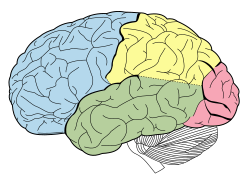I have used this recipe for more than 50 years. This is basic meatloaf. Note there is no tomato gunk over the top.
The changes I make are probably not significant.
1. Microwave the veggies first to soften
2. Panko breadcrumbs
3. Forget the bacon. Gave that up in the 1970's
4. I use 3 lbs meat. Just enough to fill Pan Loaf.
5. Over night chill.
in reference to: astray recipes: James beard's meatloaf (view on Google Sidewiki)
The changes I make are probably not significant.
1. Microwave the veggies first to soften
2. Panko breadcrumbs
3. Forget the bacon. Gave that up in the 1970's
4. I use 3 lbs meat. Just enough to fill Pan Loaf.
5. Over night chill.
in reference to: astray recipes: James beard's meatloaf (view on Google Sidewiki)





